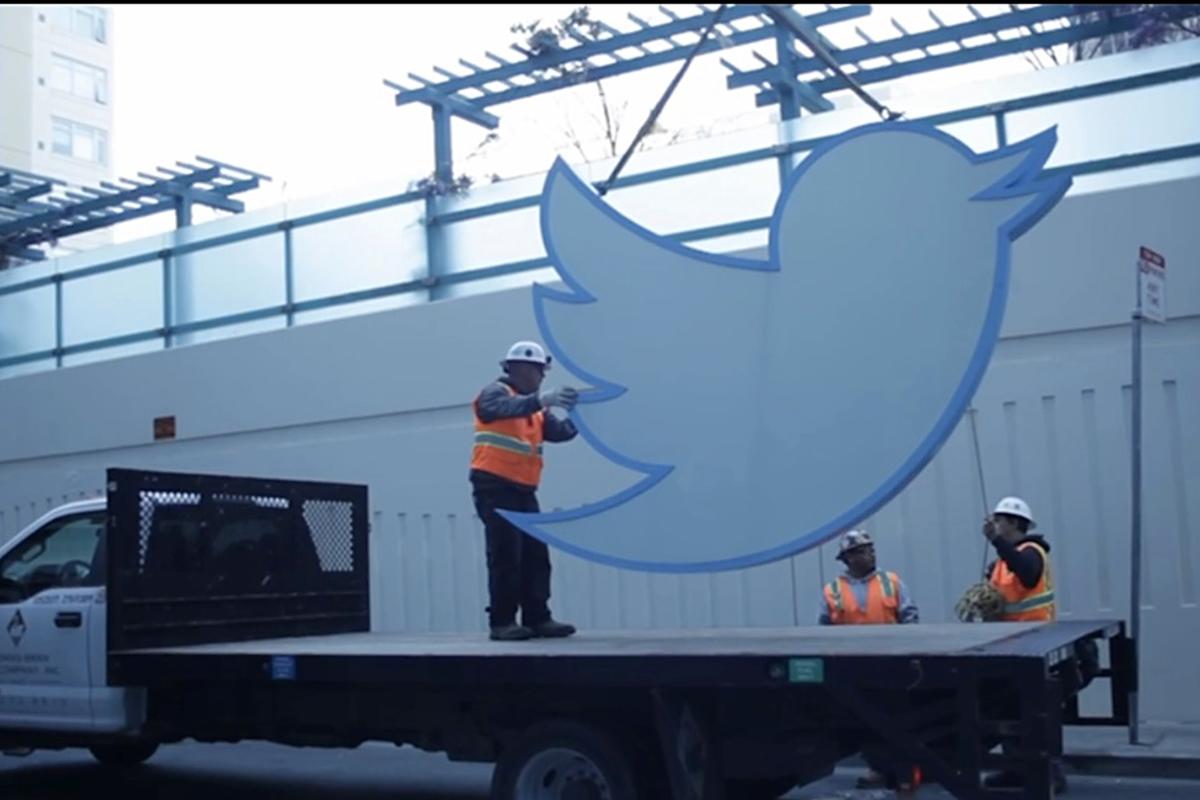Introduction to Rip Currents and Drone Rescue
Rip currents have already claimed the lives of 11 people in the U.S. this year. However, a recent incident at Pensacola Beach in Florida highlights the potential of drones in saving lives. A teenager was caught in a rip current, but thanks to the quick thinking of a shark fisherman, Andrew Smith, who used his drone to rescue her, she was able to avoid becoming another casualty.
The Rescue Incident
On Thursday, Andrew Smith went fishing at Pensacola Beach after work. Shortly after arriving, a girl came running up to him, asking if anyone could swim because her friend was struggling in a rip current about a hundred yards away from the shore. Smith, who cannot swim due to a seizure disorder, used his drone to rescue the girl. He attached a flotation device to the drone and flew it across the water to provide something for the girl to hold onto until first responders arrived.
Challenges and Success
The first attempt at rescuing the girl was unsuccessful due to strong winds, but Smith was able to try again with the help of a bystander who handed him another flotation device. This time, he was able to lower the device to the girl, who grabbed it and started floating. Paramedics arrived several minutes later and took the girl to safety. She spent about ten minutes caught in the riptide but was sent home with a clean bill of health after being checked by medical professionals.
The Role of Drones in Rescue Missions
The incident has prompted public officials to consider using drones as lifeguards. Drones have the potential to be useful in search and rescue missions, especially in situations where human rescue efforts may be challenging or dangerous. For example, drones can be used to track fires, and researchers have developed drones that can enter and map the layouts of burning buildings. In search and rescue, drones are revolutionizing missions, and several cases have shown their effectiveness in locating missing people.
The Double-Edged Nature of Drones
While drones can be useful in competent hands, they also raise concerns about privacy and surveillance. Unregulated drone use by law enforcement has facilitated mass surveillance, and regular people flying drones can cause disruptions. However, in the right hands, drones can be a valuable tool in saving lives and assisting in rescue missions.
Conclusion
The incident at Pensacola Beach highlights the potential of drones in rescue missions. While drones can be controversial, their usefulness in competent hands cannot be denied. As technology continues to evolve, it is likely that drones will play an increasingly important role in search and rescue efforts, and their potential to save lives should not be overlooked.
Source Link





